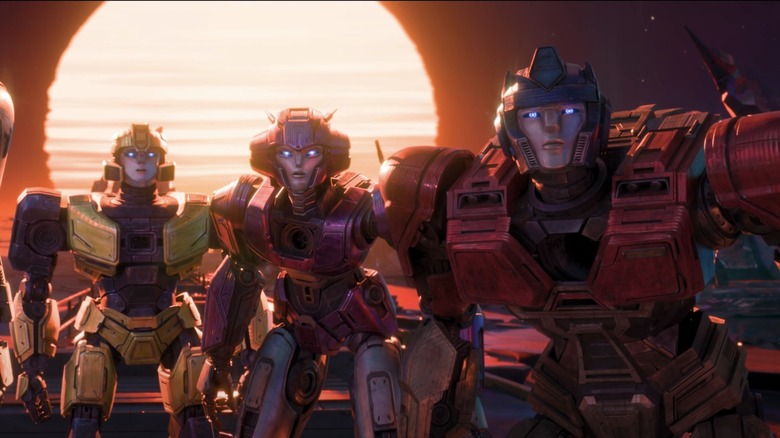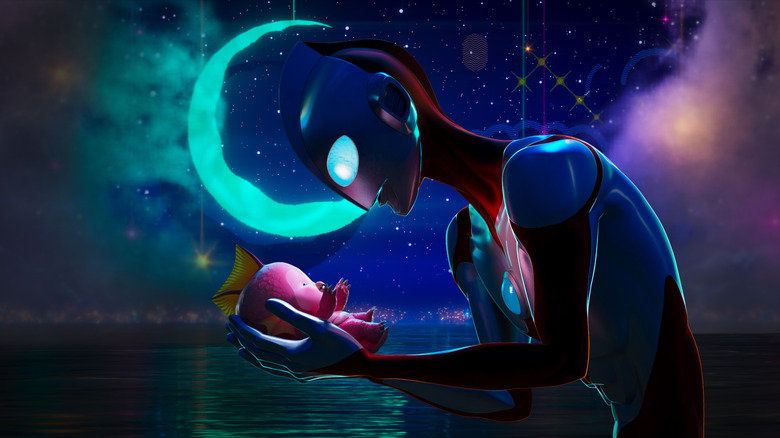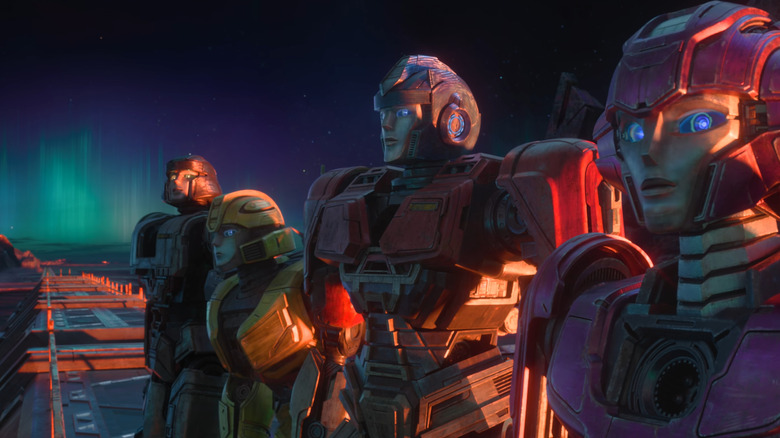A Legendary VFX Company Is Making Great Animated Movies Again – And Transformers One Is Just The Start [Annecy]
The hierarchy of power in the animation universe is about to change. With Disney being all but creatively bankrupt, Illumination making bank but through mediocre movies like "Despicable Me 4," and DreamWorks primarily focusing on sequels and franchises, the time is ripe for a new player to come in and shake things up the way Don Bluth Productions did in the '80s. Well, it seems that new player has arrived, and they've been here for decades: Industrial Light & Magic, better known as ILM.
In case you need a refresher, ILM is the legendary special effects company founded by George Lucas to make "Star Wars." In the '80s and 90s, ILM revolutionized cinema, delivering some of the biggest moments of pure movie magic in cinema history by creating the dinosaurs in "Jurassic Park," all the special effects in "Star Wars," the T-1000 Terminator, the Transformers in the first Michael Bay movie, and much more.
But ILM not only worked on practical effects and revolutionizing digital computer graphics. It has also done spectacular work in animation, starting with early computer animation that resulted in the Graphics Group at ILM becoming Pixar Animation Studios, and even producing the studio's first fully animated feature film with Gore Verbinski "Rango." That film went on to win the Best Animated Feature oscar and proved that ILM could be as revolutionary in animation as it is in live-action. Its next effort was 2015's "Strange Magic," the last movie George Lucas was directly involved in before his retirement. That was nearly a decade ago. This year, however, ILM is back with not one but two animated movies highlighting its abilities and promising a bright future for animation.
The return of ILM to animation with Ultraman: Rising
After "Strange Magic" became a colossal failure, only grossing $13(ish) million on a budget close to $100 million, the future of ILM in animation looked dire. But almost a decade later, they have returned with a vengeance.
First, there's the recently released Netflix movie "Ultraman: Rising." Directed by Shannon Tindle and co-directed by John Aoshima, "Rising" is a bold new reimagining of the iconic Japanese tokusatsu hero. The film follows Ken Sato, an egotistical baseball player who takes up the mantle of Ultraman from his father and works to defend Tokyo from kaiju. He has to learn what it truly means to be a hero after he reluctantly adopts a baby kaiju upon defeating her mother, resulting in an emotionally-packed, visually stunning film about parenthood.
Then, later this year, Paramount will release "Transformers One," the first theatrically released animated movie in the franchise since 1986. Directed by Josh Cooley, the film tells the origin story of Optimus Prime and Megatron as they go from best friends to sworn enemies at a time when Cybertron was at peace.
Sure, both these movies are based on beloved and very profitable franchises rather than strictly original films. However, they also manage to stand out from the IP-obsessed Hollywood landscape thanks to their unique stories and ILM pushing the boundaries of 3D animation.
ILM is bringing live-action influences to animation
By nature of being a VFX company first, the wizards at ILM are used to thinking in terms of live-action. That means they also draw from live-action techniques and influences on their animated projects, which naturally gives them a unique perspective and look.
"Ultraman: Rising" continues a recent trend of 3D CG animated movies with hyper-stylized visuals, adding a 2D aesthetic to the 3D animation to give the story an anime and manga look. But unlike similar movies, "Ultraman: Rising" has a keen eye for cinematography, with great attention paid to the choice of lenses — even recreating the CinemaScope format — as well as using dynamic camera movements that make the film look as if shot live on location, just in an animated world.
For "Transformers One," ILM animation supervisors Stephen King and Rob Coleman (who helped bring Jar Jar to life in the "Star Wars" prequels and worked on "The Clone Wars") have delivered a film that feels cut from the same cloth as the early live-action Michael Bay movies while offering a story that's the "Transformers" equivalent of a biblical epic inspired by movies like "Ben-Hur" and "The Ten Commandments." The lighting is staged as a live-action production, selling the film's metallic characters as tactile beings with grounded physics (despite them being aliens on a robot planet).
Though there are plenty of CG movie that aim for photorealism, this tens to be focused specifically on graphic fidelity — water simulations, hair, particle effects. But the work ILM does here is marrying live-action techniques with animation visuals, giving life to worlds that are inventive and fantastic yet feel grounded and believable without losing what makes them inherently animated. Welcome back, ILM, let's hope we don't have to wait long for the next one.
"Transformers One" opens in theaters on September 20, 2024.


